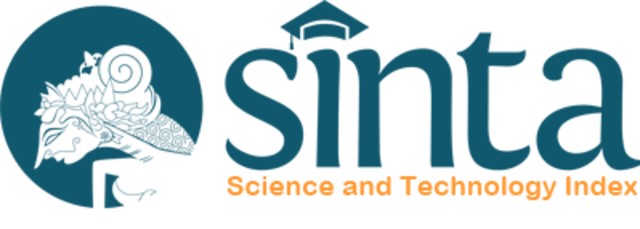Pengembangan Pasar Tenun Serat PT Retota Sakti Kabupaten Pekalongan, Jawa Tengah
Keywords:
marketing strategy, weaving industry, woven fiber
Abstract
Potential weaving industry nationally as one of the SMEs so far have not unearthed the maximum due to the development of production management systems. Therefor, PT Retota Sakti has prompted company management to enhance the creative abilities tenunnya always accompanied by the application of more precise marketing strategies that correspond with the development of competition situation that occurred in the weaving industry. The purpose of this study was (1) Identify and evaluate the position of Marketing PT Retota Way by internal and external factors, and (2) Develop appropriate marketing strategies in developing future business. Analyzed in a descriptive study to emphasize the aspect of marketing, covering demand products to meet market needs; offer, which gives an overview about the availability of products in the process of cultivation and the balance of factors between demand and supply prices. To examine the marketing strategies carried out by quantitative SWOT analysis. The results of factor identification strategy, there are five key factors of internal strengths and weaknesses of four key factors. While the external environment there are five key factors of opportunities and threats of five factors. IFE values 2.842 and 2.530 EFE value, and also the combination of these two values in the matrix IE indicates that the marketing strategy lies in the quadrant of five, namely the growth and stability, where the strategies that can run the market penetration, product development and market. QSP matrix analysis results obtained with the most attractive strategy to be implemented is to increase production capacity.Downloads
Published
2014-07-04
How to Cite
SubagyoH., BintoroM. H., & HutagaolP. (2014). Pengembangan Pasar Tenun Serat PT Retota Sakti Kabupaten Pekalongan, Jawa Tengah. MANAJEMEN IKM: Jurnal Manajemen Pengembangan Industri Kecil Menengah, 9(1), 54-66. https://doi.org/10.29244/mikm.9.1.54-66
Section
Vol. 9 No. 1















